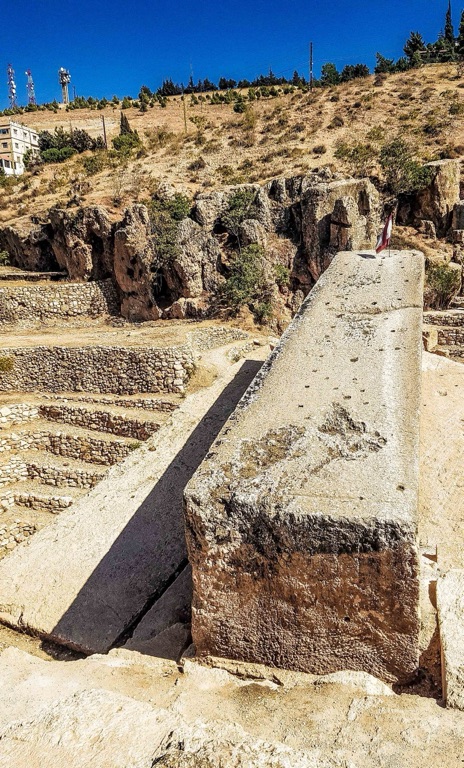The Baalbek Megaliths are among the most mysterious and impressive ancient structures ever discovered. Located in the Beqaa Valley of Lebanon, these stone blocks form part of the temple complex known as Heliopolis, or the City of the Sun. The site features some of the largest stone blocks ever used in construction, including the famed Stone of the Pregnant Woman, which alone weighs approximately 1,000 tons. The purpose and methods used to transport and place these stones have been subjects of debate among historians and archaeologists for years.
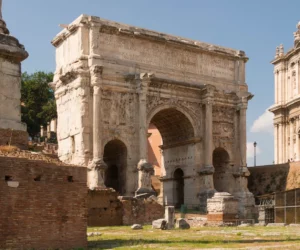
Arch of Septimius Severus
The Arch of Septimius Severus is a triumphal arch located in Rome, Italy. Erected in 203 AD, it stands at the northwest end of the Roman Forum. This monument commemorates the Roman victories of Emperor Septimius Severus and his sons, Caracalla and Geta, over the Parthians. The arch is a testament to the architectural and artistic prowess of ancient Rome. It features intricate reliefs depicting scenes of battle and the emperor’s campaigns. Over time, the arch has become a symbol of the power and durability of the Roman Empire.
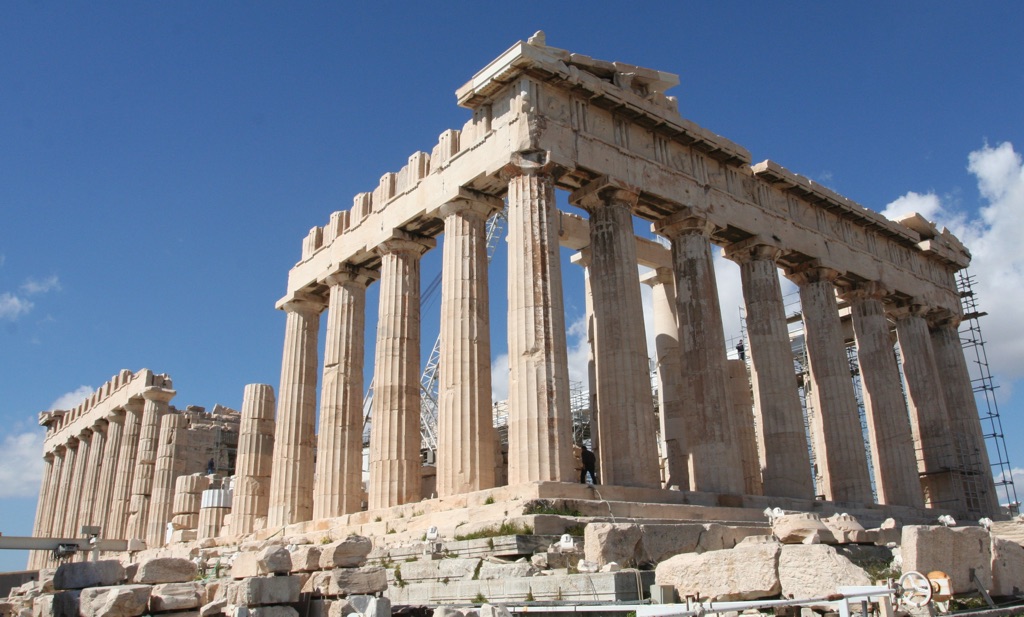
Parthenon (the Athenian Acropolis)
The Parthenon stands as a symbol of Ancient Greek civilization and is one of the most recognizable monuments in the world. Located on the Athenian Acropolis, it was a temple dedicated to the goddess Athena, whom the people of Athens considered their patron. Constructed during the 5th century BCE, it is the culmination of the Doric order of architecture, though it also includes Ionic architectural features. The Parthenon has endured for nearly 2,500 years, surviving wars, explosions, and earthquakes. Today, it is a UNESCO World Heritage Site and a treasured ruin that continues to be studied and preserved.
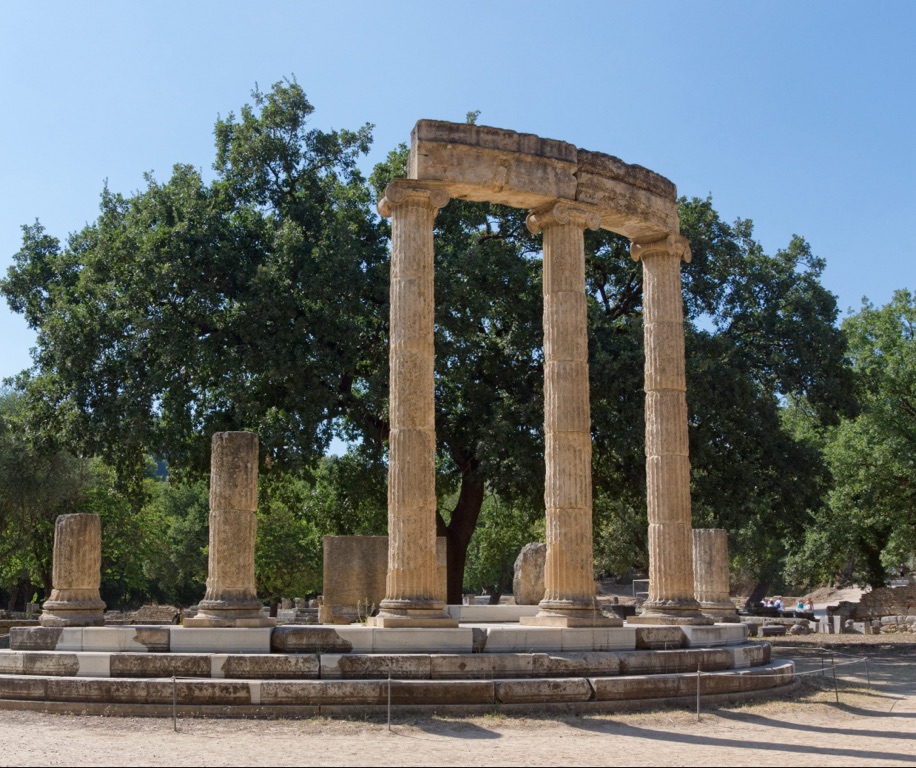
Philippeion
The Philippeion in Olympia, Greece, stands as a remarkable structure from ancient times. It was a circular memorial of ivory and gold, built by Philip II of Macedon. The Philippeion celebrated the Macedonian dynasty, housing statues of Philip’s family. This unique structure is among the few examples of ancient Greek circular buildings. It reflects the grandeur of Macedon’s royal family and their influence on Greek culture and politics.
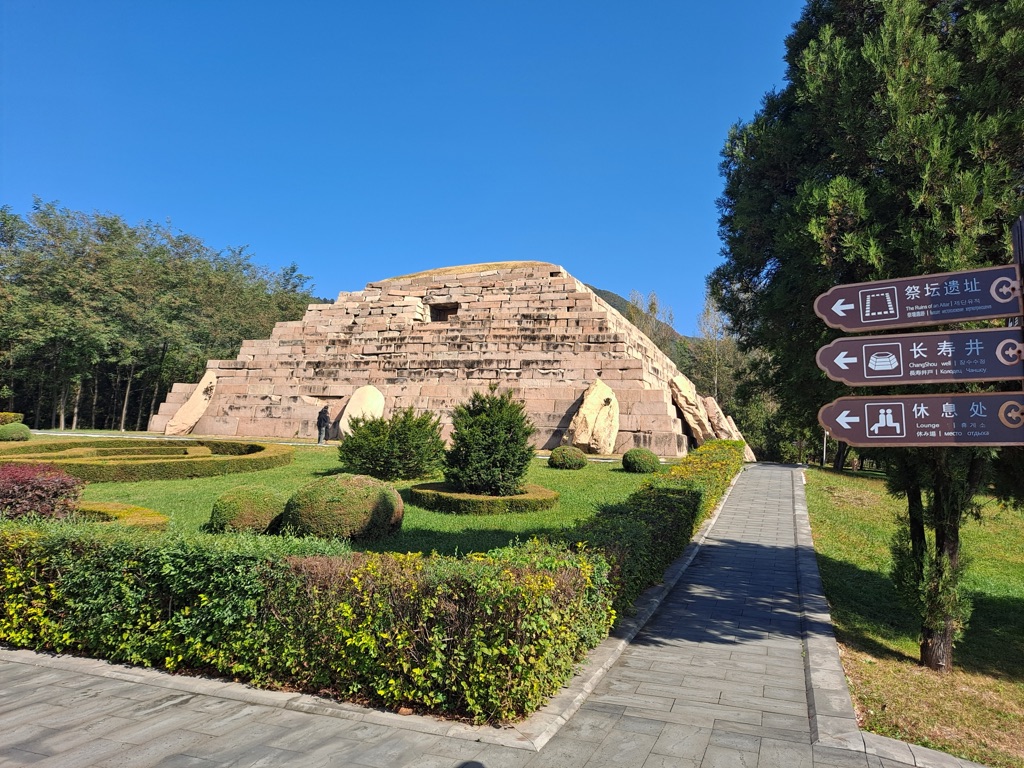
Tomb of the General in Korea
The Tomb of the General in Korea, also known as the Goguryeo Tombs, is a fascinating historical site that dates back to the Goguryeo Kingdom. These tombs, located in modern-day North Korea, are part of a larger collection of monuments and burial sites that reflect the culture and beliefs of one of the ancient Three Kingdoms of Korea. The most famous of these is the tomb of the military commander, known as the “General’s Tomb.” It is renowned for its wall paintings and the insight it provides into the life, customs, and military history of the Goguryeo period.
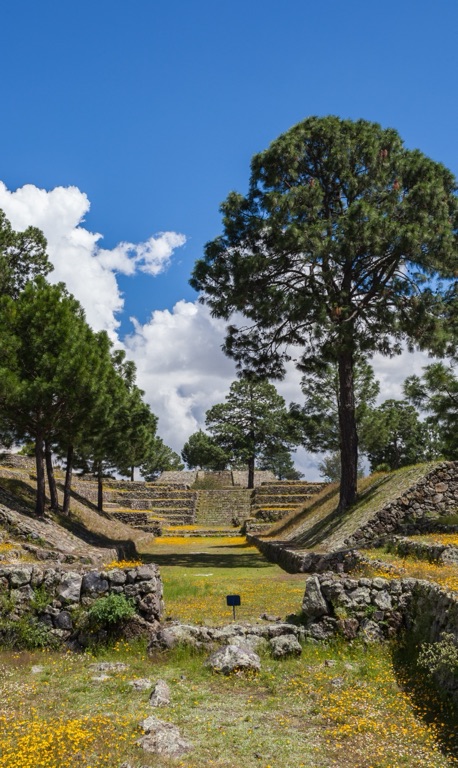
Cantona Archaeological Site
The Cantona Archaeological Site is a pre-Columbian Mesoamerican city located in the highlands of the Mexican state of Puebla. It stands as one of the largest and most complex urban centers of its time. Known for its unique urban layout and extensive road systems, Cantona thrived during the Epiclassic period. The site features a wealth of pyramids, temples, and plazas, as well as an advanced hydraulic system. Despite its significance, Cantona remains one of the lesser-studied ancient cities in Mexico.

